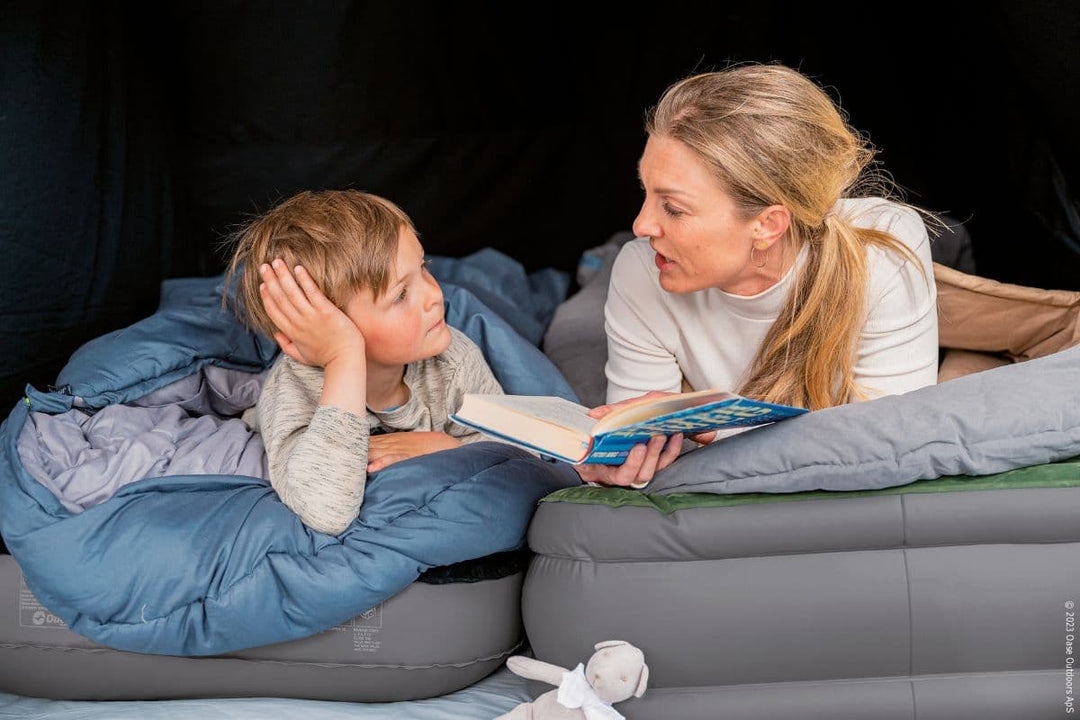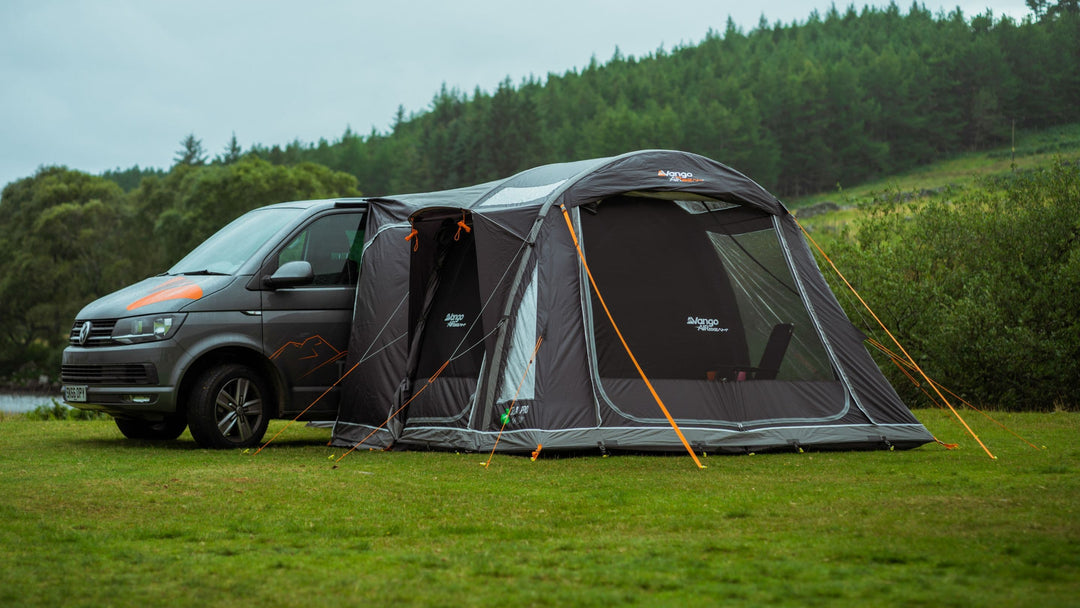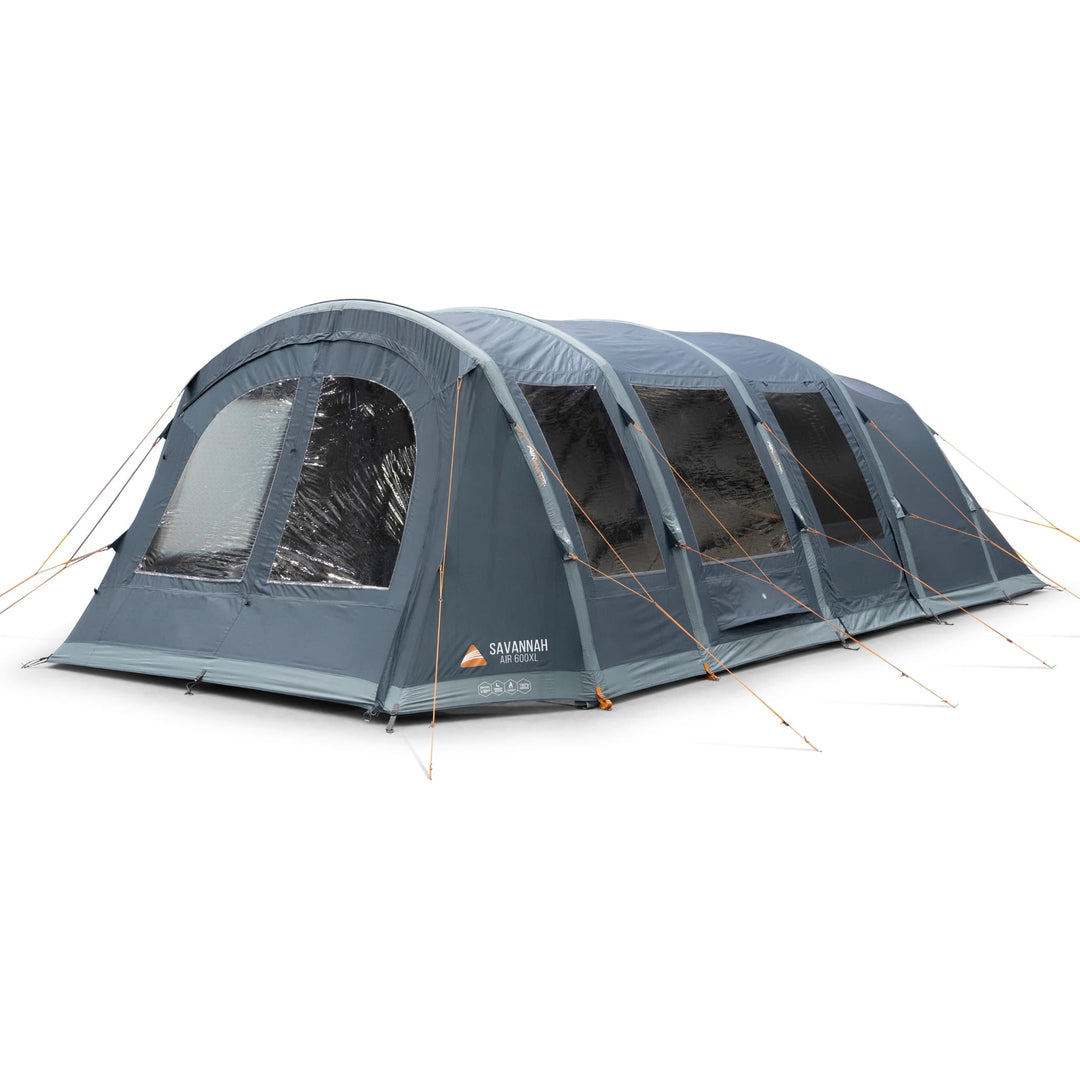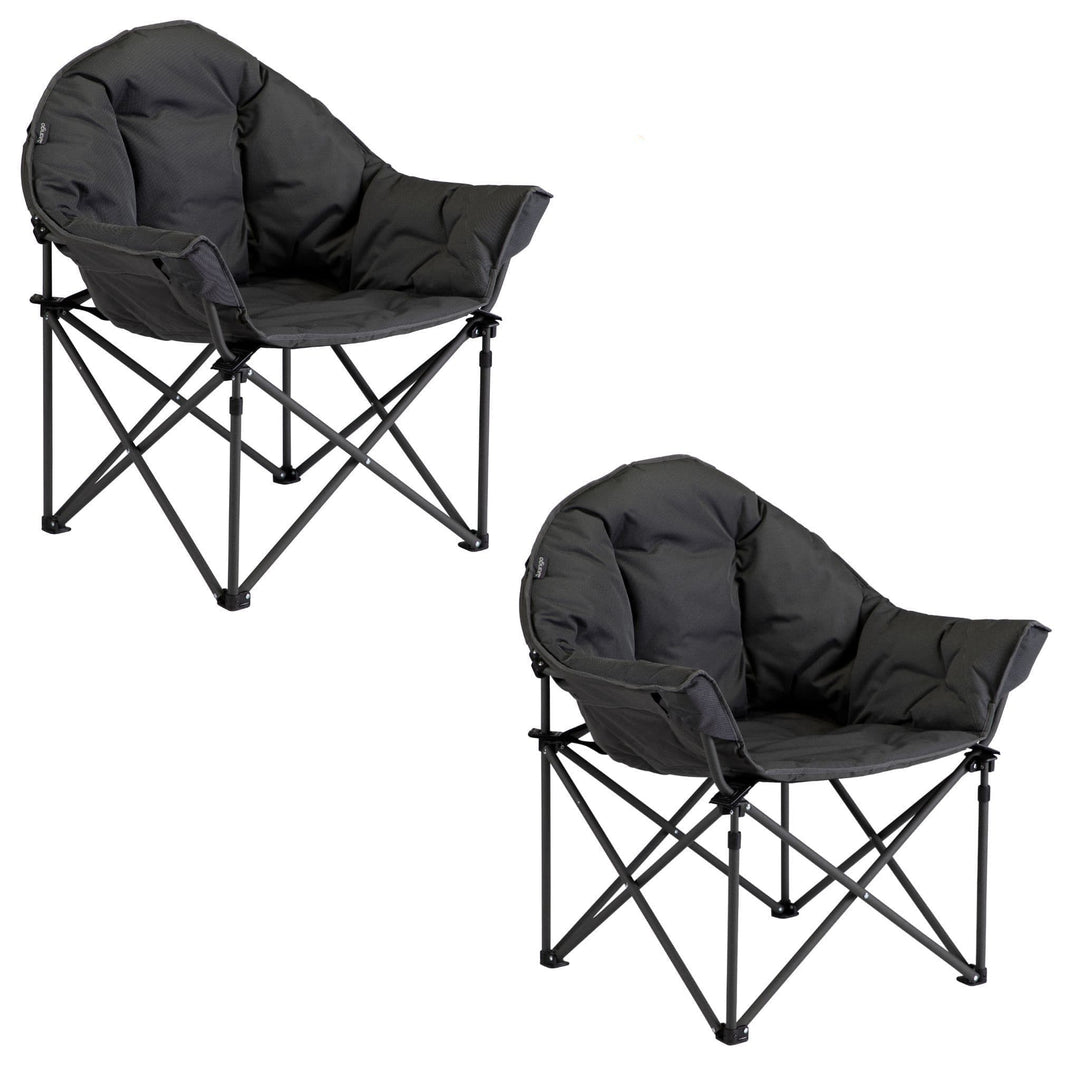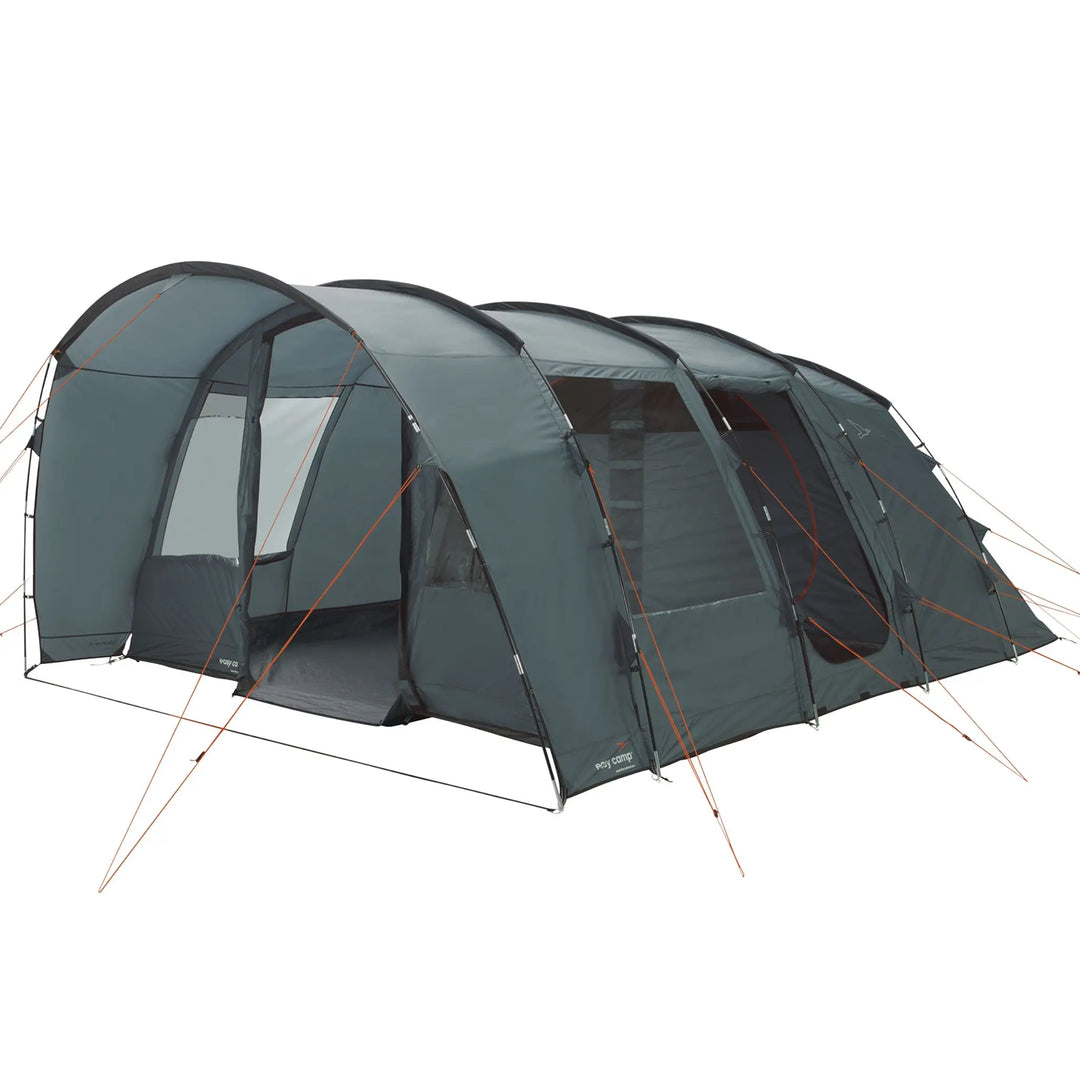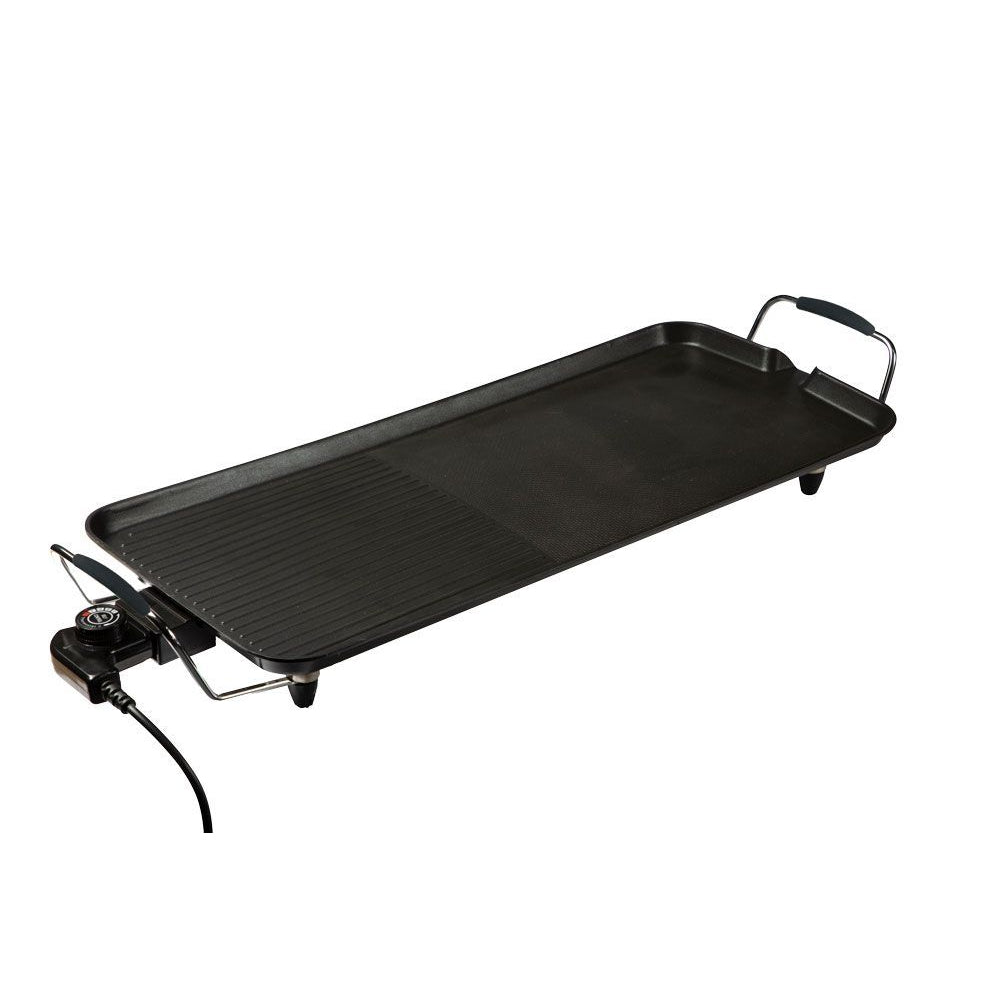How to Reduce Condensation inside a Tent or Awning?
Waking up to find your tent or drive away awning walls damp or water pooling inside can be frustrating, but it doesn’t necessarily mean your tent is leaking. In most cases, it’s down to condensation, a natural process that occurs in tents, especially in certain weather conditions. In this guide, we’ll explain what causes condensation, how to spot it, and, most importantly, how to minimise it during your camping trips.
What Is Condensation in a Tent?
Condensation happens when warm, moist air comes into contact with cooler surfaces. Inside a tent, this could be the walls, roof, or poles. As the air cools, it loses its ability to hold moisture, which then turns into liquid water. This is why you might wake up to find water droplets on your tent walls or a damp floor. Even in an empty 6 man tent you can get around one pint of water in the air.
It’s a common occurrence when camping, as factors like breathing, cooking, and even the air itself contribute to moisture levels. Understanding why condensation happens is the first step in managing it.
How Much Condensation Can Build Up in a Tent?
You might be surprised to learn how much moisture we produce while camping. A single person can release around 1 pint of water overnight through breathing and sweating. Multiply that by five people in a family tent, and you’re looking at 5 pints of water! Add to this any moisture from wet clothes, cooking, or even the ground beneath your tent, and it’s easy to see why condensation builds up.
Even in an empty six-person tent, there’s often around 1 pint of water in the air. Combine this with cooler nighttime temperatures, and the result is inevitable: condensation.
For a closer look at how different family tents handle condensation, check out our range of tents designed for all camping conditions.
What Causes Condensation Inside a Tent?
Several factors contribute to condensation. Here are the most common:
1. Temperature Differences
Warm air inside the tent meets cooler surfaces, causing moisture to condense.
2. High Humidity
Camping in hot weather, especially in humid areas, can increase the moisture in the air.
3. Poor Ventilation
Without adequate airflow, moist air gets trapped inside the tent.
4. Wet Ground
If the ground beneath your tent is damp, it can add to the moisture levels inside.
5. Cooking Indoors
Boiling water or cooking releases a significant amount of water vapour. For extra space to cook safely, consider adding a drive-away awning to your camping setup.
Signs of Condensation in Your Tent
If you’re wondering whether your tent is experiencing condensation or a genuine leak, here are some telltale signs:
- Water droplets on the walls or roof
- Damp patches on the tent floor
- Wet sleeping bags or clothing
- Pools of water at the base of AirBeams (in inflatable tents)
- Moisture on tent poles
How to Minimise Condensation in Your Tent
While you can’t eliminate condensation entirely, there are several steps you can take to reduce it:
1. Ventilate Your Tent
Proper airflow is the most effective way to prevent condensation. Use low and high ventilation points, and keep vents open overnight. If your tent has mesh panels, make full use of them to promote airflow while keeping bugs out.
Browse our range of tents with built-in ventilation features for a more comfortable camping experience.
2. Store Wet Items Outside
Wet clothes, boots, and towels add to the moisture inside your tent. Keep them in an awning or under a tarp to reduce humidity levels.
3. Avoid Cooking Indoors
Cooking releases a lot of moisture, so it’s best done outside. It’s also safer, as cooking inside a tent poses a fire risk.
4. Pitch in the Right Spot
Avoid setting up your tent on damp ground or too close to water sources like rivers and lakes, as these can increase humidity. Choose a breezy spot to help with ventilation.
5. Choose the Right Tent
The type of tent you use can make a big difference:
- Polycotton Tents: These are made from a breathable blend of cotton and polyester, making them ideal for reducing condensation. They’re particularly well-suited to hot climates, such as camping in the South of France.
- Poled Tents: These often experience less condensation than inflatable tents, as the poles are external and don’t attract as much moisture.
Explore our collection of family tents to find the right one for your camping needs.
6. Avoid Touching Tent Walls
Pressure on the walls can transfer moisture inside. Keep sleeping bags, clothes, and other items away from the sides of the tent.
7. Use a Groundsheet
A footprint or groundsheet beneath your tent adds a barrier between the wet ground and your living space, reducing the risk of dampness.
8. Turn Off Heaters
Although tempting in colder weather, heaters warm the air and increase its ability to hold moisture, which then condenses when it cools. Instead, use warm sleeping bags and thermal layers.
9. Pack Towels
Even with the best efforts, some condensation is inevitable. Bring a few towels to wipe down surfaces in the morning.
Why Ventilation Matters
Ventilation is often overlooked when choosing a tent, but it’s critical for managing condensation. Tents with multiple vents and mesh panels provide much better airflow, helping to keep moisture levels down. At WM Camping, all of our tents include ventilation points below windows or at the rear of the inner tents. Choosing a tent with good ventilation can save you a lot of hassle on damp mornings.
Final Thoughts
Condensation in tents is a common and natural occurrence, but it doesn’t have to ruin your camping experience. By understanding the causes and taking simple steps to manage it, you can keep your tent drier and more comfortable. Whether it’s choosing a breathable polycotton tent, pitching in the right spot, or simply keeping vents open, small changes can make a big difference.
If you’re looking for high-quality tents or want to expand your space with a drive-away awning, browse our collection at WM Camping. Still have questions about camping gear? Feel free to get in touch – we’re always happy to help!
Here's a helpful video from Vango about avoiding condensation in tents





